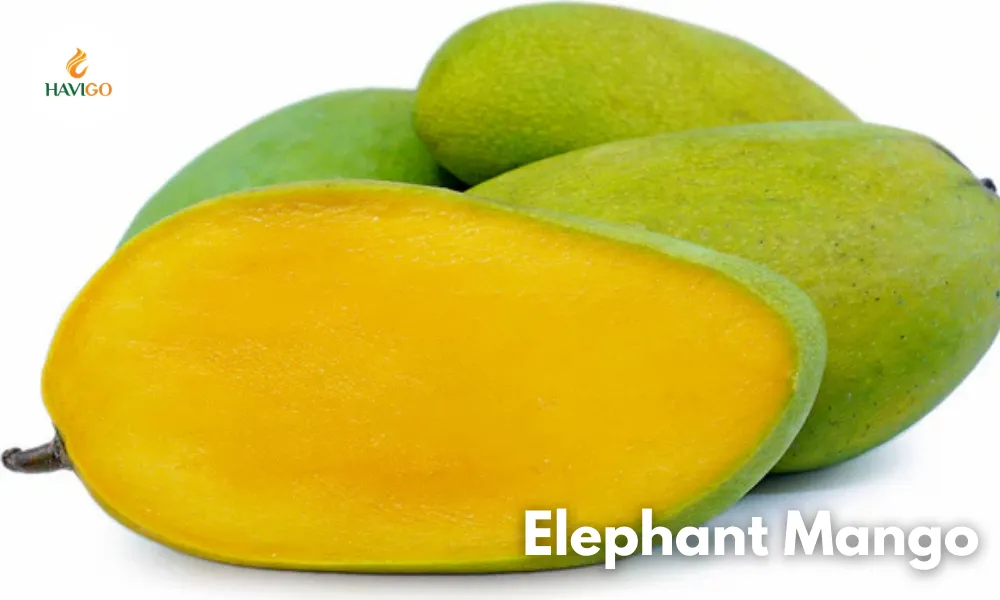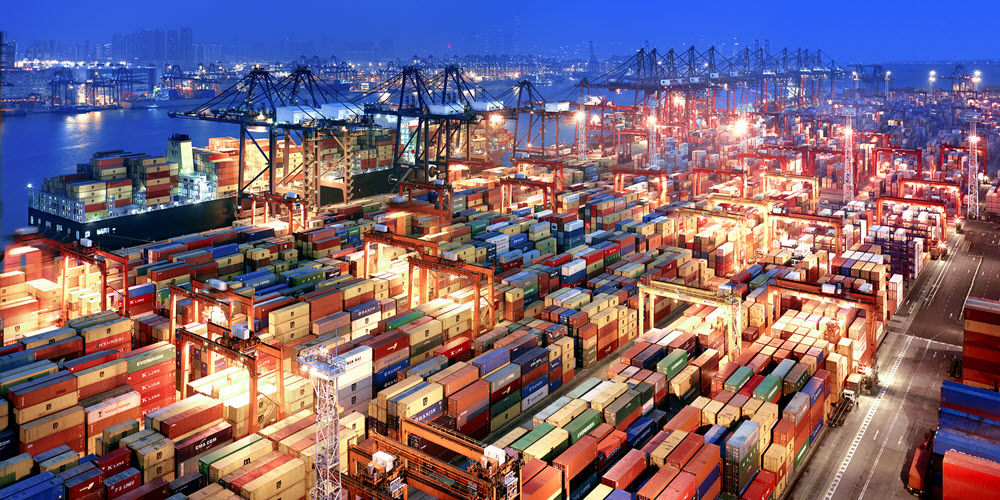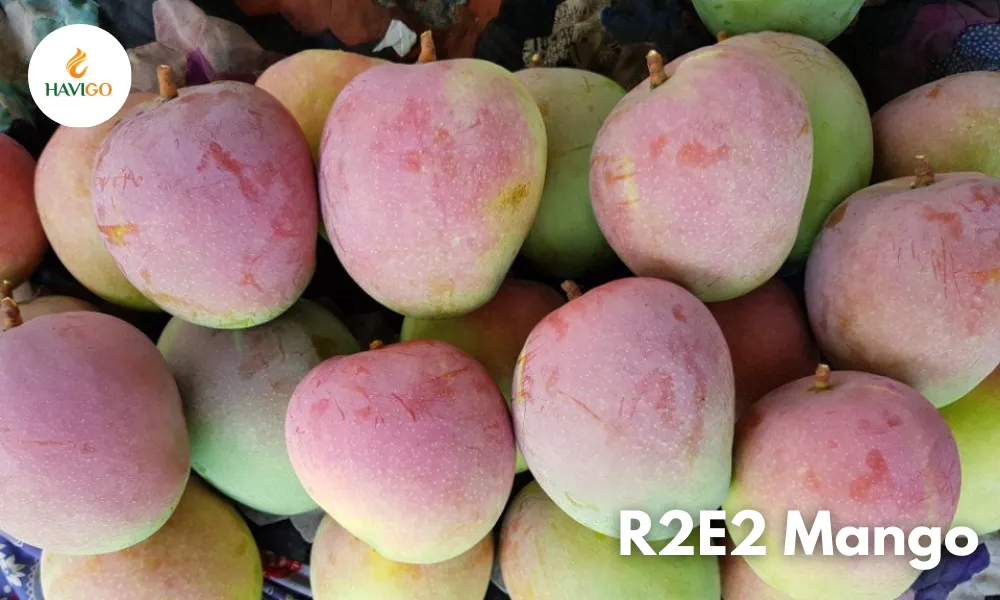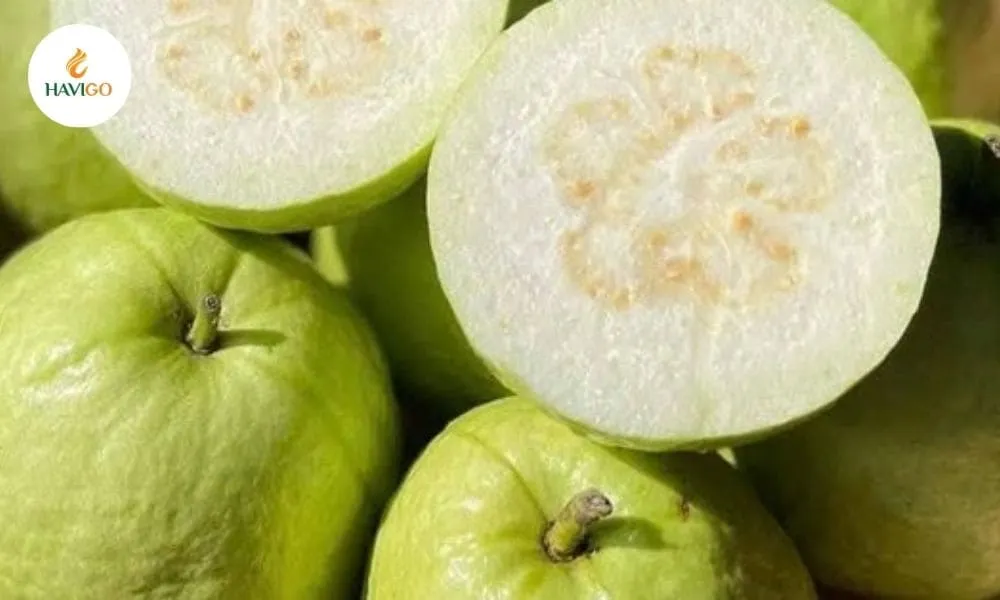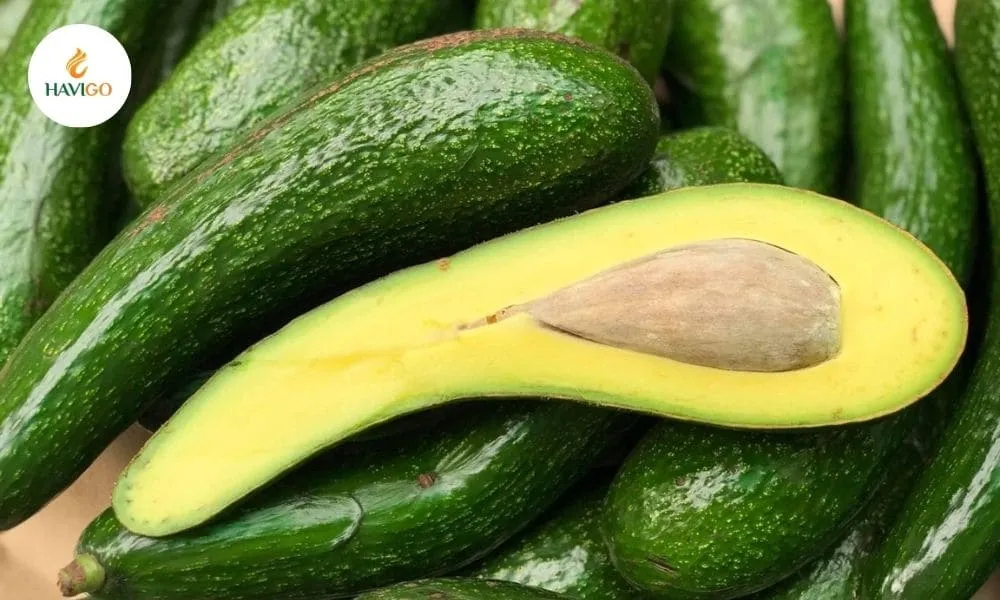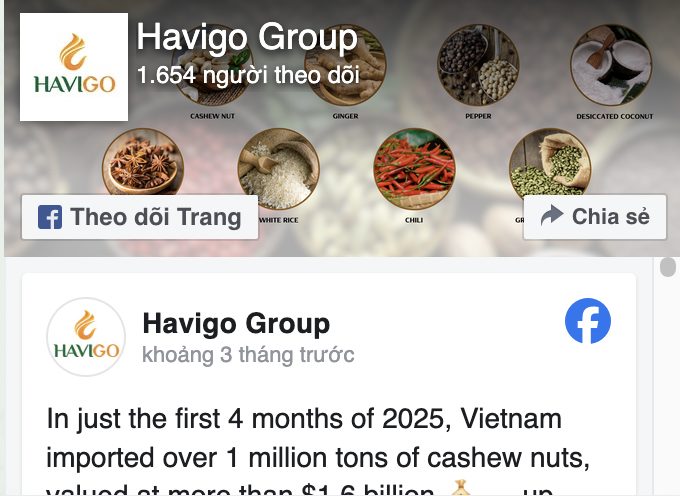Vietnam is the world’s second-largest coffee bean producer, with the strength of Robusta coffee beans. These coffee beans thrive in Vietnam’s central highlands, particularly around Buon Ma Thuot. The ideal warm temperatures, ample rainfall, and well-draining soil create the perfect environment for coffee cultivation. While Robusta stands out, Arabica coffee beans are slowly gaining popularity, offering a distinct mild flavor. This post explores the farming of coffee beans in Vietnam.
1. Natural conditions for farming Coffee Beans
Coffee production begins with the cultivation of coffee plants. The two main species are Arabica and Robusta. Arabica beans are known for their superior flavor and are grown at higher altitudes, while Robusta beans are hardier and can thrive at lower elevations.
Arabica requires a cool subtropical climate and grows best at elevations between 600 to 2,000 meters. It needs ample moisture and specific shade conditions. Robusta, on the other hand, can grow at lower altitudes, even at sea level. Moreover, coffee plants thrive in temperatures between 23 and 28 °C. Adequate rainfall of 1,500 to 2,000 mm per year is essential for Arabica. In regions with less rainfall, irrigation becomes necessary.
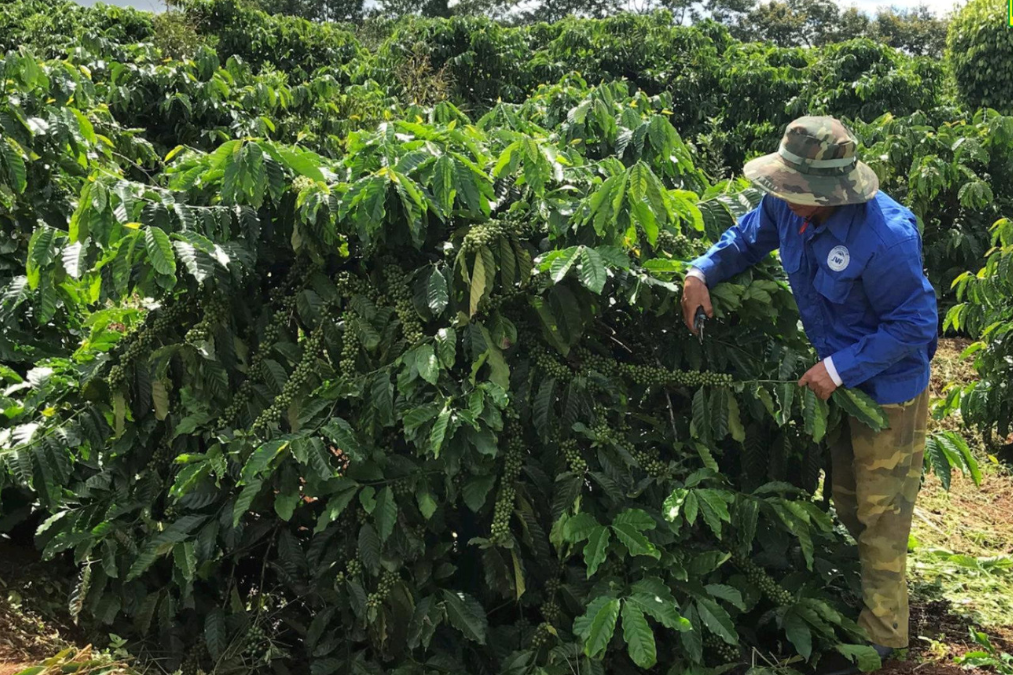
Due to the ideal climate and cultivation conditions, Vietnam is lucky to grow both kinds of coffee beans. In Vietnam, Lam Dong, Dak Lak are the places for Robusta, while Son La is the province where farmers grow Arabica.
2. Farming Coffee Beans in Vietnam
Taking care of the “young” coffee trees
The journey of a Vietnamese coffee bean begins with careful seed selection. The farmers nurture seeds in nurseries before transplanting them to meticulously cared fields. Here, coffee trees require constant take care. Weeding ensures they have the space and resources to flourish. At the same time, proper fertilization provides essential nutrients. Pruning techniques encourage healthy growth and optimize future harvests.
Normally, it takes Robusta coffee after 2 – 4 years, and Arabica coffee after 3 – 5 years to grow tall. If the tree has grown tall, it takes about 2 years to bear fruit. In the first two years of harvest, the trees produce very poor fruits. From the 3rd or 4th years, the trees will produce both high yield and good quality.
The farmers can harvest coffee trees for a maximum of 25 years. If the tree is old and has a low yield, they cut down the roots after each harvest to let the tree sprout. They keep the biggest and strongest sprouts. When the soil becomes hard and depleted of nutrients, farmers will cut down all the trees, loosen the soil, dry it in the sun, and then replant it.
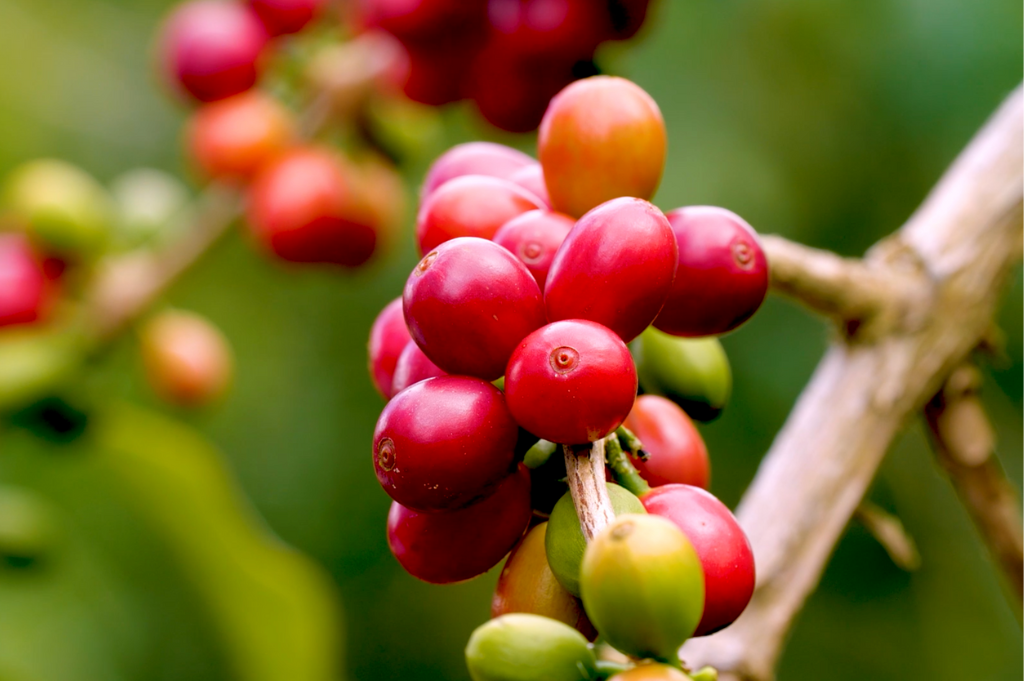
Harvesting coffee beans
In a year, the farmers can harvest coffee beans twice. The main coffee crop of Arabica coffee usually starts around November to April of the following year. For Robusta, this period can last from November to June. This crop often produces the highest quality coffee cherries. With characteristic flavor and uniform ripeness. However, there is an extra coffee crop. It starts right after the main crop, usually from May to September for both Arabica and Robusta coffees. Coffee berries harvested in the extra crop are often of lower quality than the main crop. And are often used for other purposes such as instant coffee or products with a lower required quality.
Harvesting methods depend on the type of bean. Robusta beans are famous for higher yield, so farmers often meticulously hand-pick them to ensure collecting only ripe cherries. Arabica, with its lower yield but more delicate flavor, might involve some degree of mechanical harvesting. Once harvested, the coffee beans undergo processing. It is through the wet method which removes the fruit flesh for a cleaner taste. Or the dry method which utilizes natural sunlight for a more intense flavor.
Despite the success, Vietnamese coffee bean production faces challenges. Climate change threatens ideal growing conditions, while the coffee market’s price fluctuation can leave farmers vulnerable. However, there’s a growing focus on specialty coffee production. This offers opportunities for Vietnamese coffee to evolve beyond its traditional strong and bold flavors. By embracing sustainable practices and exploring new taste profiles, Vietnamese coffee has the potential to further solidify its position on the global coffee map.
Conclusion
Coffee plays a vital role in Vietnam’s economy. Also, its future looks bright. Robusta coffee beans ensure continued success. While the rise of Arabica production opens doors to new flavor experiences. Growing coffee beans not only brings value to farmers, but it is also the main export product of Vietnam. What a million-dollar exporting industry!
Havigo Company Limited operates in the field of agricultural export. We wish to bring high-quality Vietnamese agricultural products such as spices, rice, beans, and fruits… to the world. We supply you with high-quality products at the best price. If you find interest in importing Green Coffee Beans from Tay Nguyen, please contact us for better support via WhatsApp: +84 979 58 58 56.






